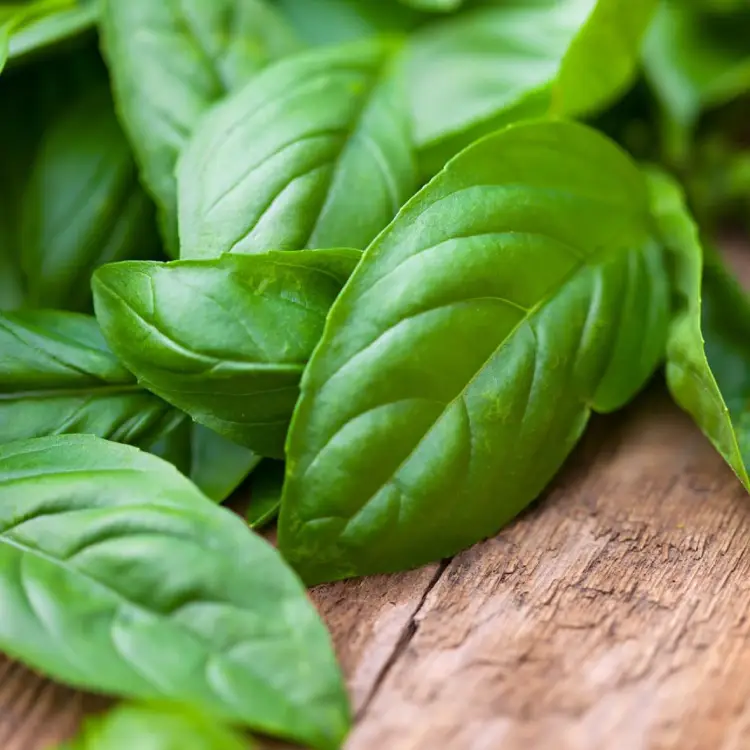Medicinal and Tea Herb Seeds
Add vibrant colors to your raised herb garden with medicinal & tea herb seeds—grow fresh, healing, and flavorful herbs at home.
There’s something incredibly rewarding about growing your own medicinal and tea herbs at home. Whether you’re looking to create soothing herbal teas, natural remedies, or simply enjoy the aroma of fresh herbs, a raised garden bed is the perfect solution for cultivating a thriving herb garden.
Step-by-Step Guide to Setting Up a Raised Bed for Herbs
Choose the Right Location
Most medicinal and tea herbs thrive in full sun (at least 6-8 hours per day), though some prefer partial shade. Choose a location with good sun exposure and easy access to water.
Select the Best Raised Bed Size
A 4×4-foot or 4×8-foot raised bed is ideal for herbs, with a depth of at least 6-12 inches. If growing deep-rooted herbs like echinacea, consider deeper beds (12-18 inches).
Prepare the Perfect Soil Mix
For optimal herb growth, use a mix of:
- 40% garden soil
- 30% compost (provides nutrients)
- 20% sand or perlite (for drainage)
- 10% organic mulch (to retain moisture)
Choose Your Herbs
Now for the exciting part—choosing your herbs! Below are some of the best medicinal and tea herbs to grow in a raised garden bed.
Medicinal Herbs to Grow in a Raised Bed
🌸 Echinacea (Echinacea purpurea)
✔️ Uses: Boosts immune system, fights colds
✔️ Growing Conditions: Full sun, deep soil
✔️ Harvesting: Use roots and flowers for tea or tinctures
🍃 3. Lemon Balm (Melissa officinalis)
✔️ Uses: Reduces stress, aids digestion
✔️ Growing Conditions: Partial shade to full sun, rich soil
✔️ Harvesting: Pick leaves before flowering for best flavor
🌿 Mint (Peppermint & Spearmint) (Mentha spp.)
✔️ Uses: Soothes digestion, freshens breath, relieves headaches
✔️ Growing Conditions: Partial shade, moist soil (can spread aggressively—grow in containers if needed)
✔️ Harvesting: Regular trimming encourages bushier growth
🌸 5. Lavender (Lavandula angustifolia)
✔️ Uses: Anxiety relief, sleep aid, skin healing
✔️ Growing Conditions: Full sun, well-draining soil
✔️ Harvesting: Cut flowers just before they fully open
🍂 6. Calendula (Calendula officinalis)
✔️ Uses: Skin healing, anti-inflammatory
✔️ Growing Conditions: Full sun, light soil
✔️ Harvesting: Pick flowers regularly to encourage more blooms
Tea Herbs to Grow in a Raised Bed
Many of the medicinal herbs are also great for tea like Lemon Balm, Mint, Lavender, Echinacea, and Calendula.
🌼 Chamomile (Matricaria chamomilla)
✔️ Uses: Calming tea, digestive aid, sleep support
✔️ Growing Conditions: Full sun, well-draining soil
✔️ Harvesting: Pick flowers when fully open
🌿 Borage (Borago officinalis)
✔️ Uses: Cooling tea, anti-inflammatory, mild cucumber flavor
✔️ Growing Conditions: Full sun, well-draining soil
✔️ Harvesting: Pick young leaves and vibrant blue flowers for tea
🌿 Hyssop (Hyssopus officinalis)
✔️ Uses: Respiratory health, sore throat relief, expectorant properties
✔️ Growing Conditions: Full sun, well-draining soil, drought-resistant
✔️ Harvesting: Cut stems before flowering for best medicinal benefits
🍵 Holy Basil (Tulsi) (Ocimum sanctum)
✔️ Uses: Reduces stress, supports immunity
✔️ Growing Conditions: Full sun, warm climate
✔️ Harvesting: Pick leaves throughout the season

Caring for Your Raised Bed Tea Garden
✅ Watering: Most herbs prefer slightly dry soil. Water deeply 1-2 times per week, adjusting for weather.
✅ Mulching: Apply a layer of straw or wood chips to retain moisture and suppress weeds.
✅ Pruning & Harvesting: Regular trimming encourages more growth—don’t be afraid to harvest!
✅ Pest Management: Use companion planting (like planting basil near tomatoes) and natural pest deterrents like neem oil.
Harvesting and Using Your Herbs
- For tea: Pick fresh or dry leaves/flowers, steep in hot water for 5-10 minutes.
- For tinctures: Steep herbs in alcohol (like vodka) for 4-6 weeks, then strain.
- For salves: Infuse herbs in oil, mix with beeswax for healing balms.
- For drying: Hang bunches upside down in a dry, dark place for 1-2 weeks.
Growing medicinal and tea herbs in a raised garden bed is a rewarding way to cultivate natural remedies and flavorful teas right at home. With the right setup, you can enjoy fresh, organic herbs year-round while benefiting from their healing properties.
Whether you’re looking to reduce stress, boost immunity, or create homemade herbal teas, this guide has everything you need to start your herbal journey today. So, grab your gardening gloves and start planting! 🌿🍵
Other Tea and Medicinal Herbs to Grow in a Raised Bed
🌿 Thyme (Thymus vulgaris)
✔️ Uses: Immune support, respiratory health, antibacterial properties
✔️ Growing Conditions: Full sun, dry, well-draining soil
✔️ Harvesting: Harvest small sprigs before flowering for the best flavor
🌿 Fennel (Foeniculum vulgare)
✔️ Uses: Sweet licorice-flavored tea, aids digestion, reduces bloating
✔️ Growing Conditions: Full sun, fertile, well-draining soil
✔️ Harvesting: Pick seeds or young leaves for tea
🍋 3. Lemon Verbena (Aloysia citrodora)
✔️ Uses: Refreshing lemon tea, aids digestion
✔️ Growing Conditions: Full sun, warm temperatures
✔️ Harvesting: Pick leaves regularly to encourage growth
🌿 2. Sage (Salvia officinalis)
✔️ Uses: Supports memory, soothes sore throats
✔️ Growing Conditions: Full sun, well-draining soil
✔️ Harvesting: Cut sprigs before flowering for best flavor
🌿 4. Rosemary (Rosmarinus officinalis)
✔️ Uses: Improves circulation, enhances memory
✔️ Growing Conditions: Full sun, dry soil
✔️ Harvesting: Snip small sprigs as needed
By growing these tea-friendly medicinal herbs in your raised garden bed, you can create a fresh, organic tea collection right at home! 🍵🌿 Enjoy homegrown herbal infusions all year round! 🌱
